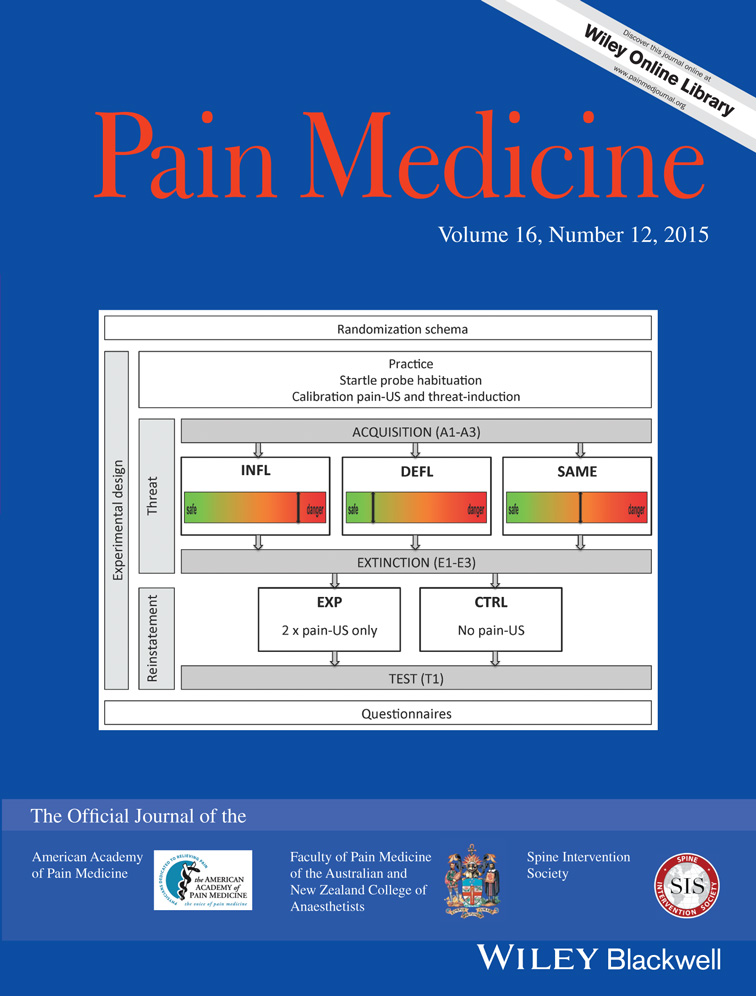
ISB with ropivacaine plus perineural or IV buprenorphine, clonidine, & dexamethasone

ISB with ropivacaine plus perineural or IV buprenorphine, clonidine, & dexamethasone
Buprenorphine, Clonidine, Dexamethasone, and Ropivacaine for Interscalene Nerve Blockade: A Prospective, Randomized, Blinded, Ropivacaine Dose-Response Study
Pain Med. 2016 May;17(5):940-60Did you know you're eligible to earn 0.5 CME credits for reading this report? Click Here
Synopsis
80 patients undergoing total shoulder arthroplasty (TSA) were randomized into one of the four groups for postoperative analgesia. Patients were allocated with either low-dose ropivacaine (0.1%), medium-dose ropivacaine (0.2%), or high-dose ropivacaine (0.375%) interscalene nerve block (ISB) plus perineural clonidine, dexamethasone, buprenorphine, or a control group with ISB with 0.375% ropivacaine...
To view the full content, login to your account,
or start your 30-day FREE Trial today.
FREE TRIAL
LOGIN
Forgot Password?
Explore some of our unlocked ACE Reports below!

Learn about our AI Driven
High Impact Search Feature
Our AI driven High Impact metric calculates the impact an article will have by considering both the publishing journal and the content of the article itself. Built using the latest advances in natural language processing, OE High Impact predicts an article’s future number of citations better than impact factor alone.
Continue



 LOGIN
LOGIN

Join the Conversation
Please Login or Join to leave comments.